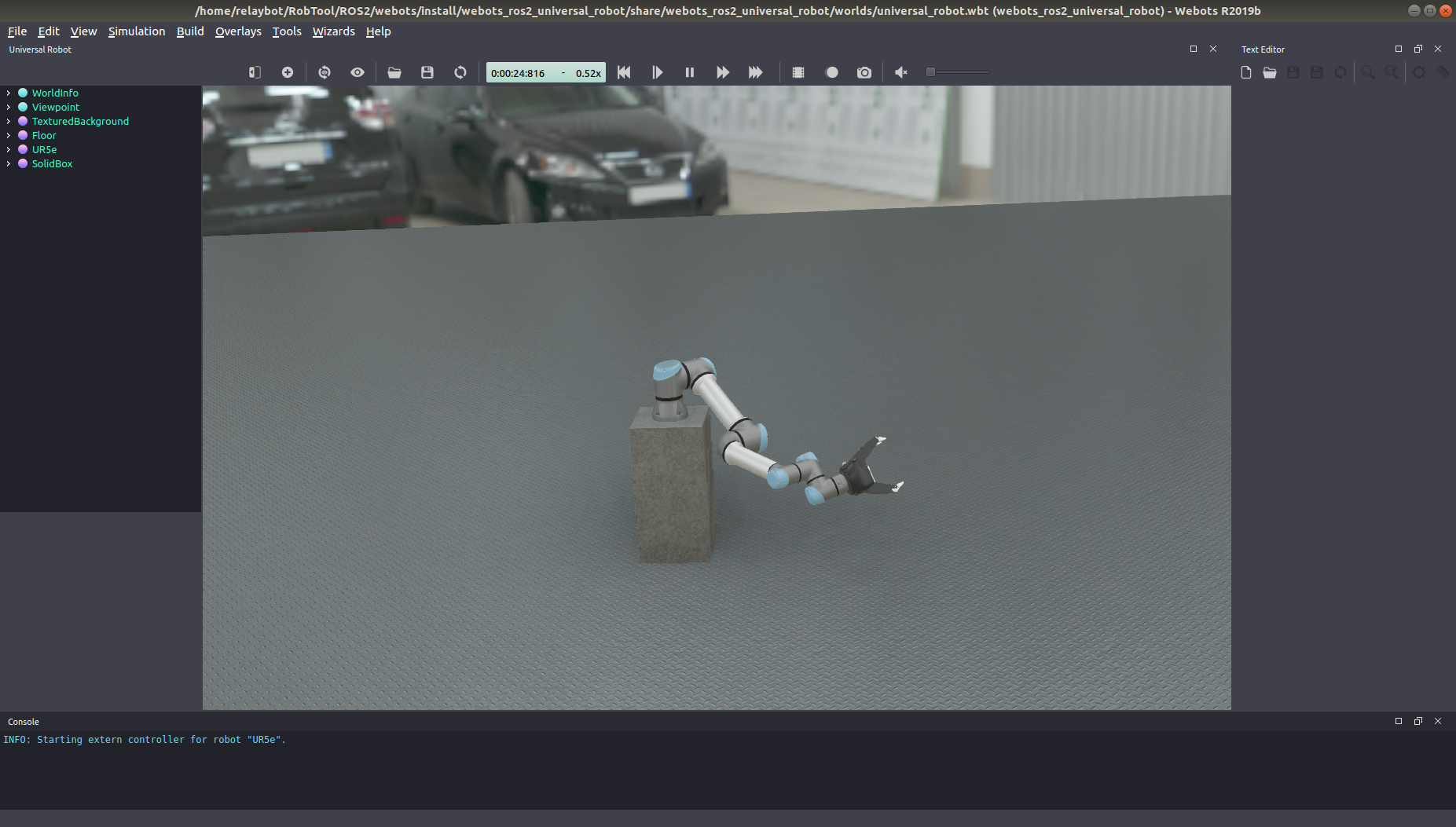

The concept of the ZMP is implemented on various famous robots as NAO provided by French company Aldebaran Robotics. Furthermore, based on dynamic walking algorithm in, a several online controllers were used to deal with uneven and inclined ground by. Describing gait synthesis of biped locomotion as an optimization problem with the constraint, proposed a dynamically stable gait planning in slope surface. The motion control of biped robots is investigated in. Using the preview control approach of the ZMP, the exact multi body dynamics were calculated based on simple inverted pendulum method. Incorporating the ZMP based and the LIPM techniques, a novel walking pattern generation with arbitrary foot placements is proposed in. In this method, the LIPM is used to generate the COG trajectory for a single support phase. The linear inverted pendulum mode (LIPM) is introduced in to calculate the COG trajectory analytically. The first ZMP-based 12-DOF biped robot, driven by hydraulic actuators, is developed by. This approach guarantees the dynamical balance of biped robot while the ZMP is located in the polygon that is formed by the feet on the ground, called support polygon. The term of ZMP refers to a point on the ground where the resultant moment caused by robot gravity and robot body inertia is vanishing. This approach was derived from the dynamical analysis of robot motion viewpoint. The well-known approach of Vukobratovic, called Zero Moment Point (ZMP), is one of the earliest and finest approaches to encounter the problem of biped robot locomotion. Nonetheless, because of dynamical complexity, passive degree of freedom, changeability of kinematic structure, and repeatability of motion, humanoid robot locomotion is far from human locomotion. Keywords: Trajectory Planning, Humanoid Robot, ZMP, NAO Įxciting challenge of the locomotion of the humanoid robots attracts many researchers.

Implementing proposed approach, smoothness, stability, and convenient speed (rather than 17 cm/s in flat condition) are achieved. The effectiveness of the proposed approach is investigated using Webots software. Stabilization of motion is attained through using ZMP criterion and 3d inverted pendulum equations in three slope conditions. In this study, a trajectory planner is presented using the semi-ellipse equations of the motion the continuity of the derivatives is preserved. Then, the stability of the motion is guaranteed using Zero Moment Point (ZMP) stability criterion. In most of previous studies, joints’ trajectories are calculated in 3D Cartesian space, then, introducing boundary conditions and using polynomials, the first and second derivatives of the motion are ensured to be continuous. Tel.: +989352573394 E-mail address: Dynamic gait planning for humanoid robots encounters difficulties such as stability, speed, and smoothness. *Faculty of Mechanical Engineering, K.N.Toosi University of Technology, Tehran, Iran * School of Mechanical Engineering, Sharif University of Technology, Tehran, Iran


 0 kommentar(er)
0 kommentar(er)
